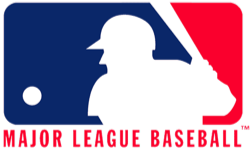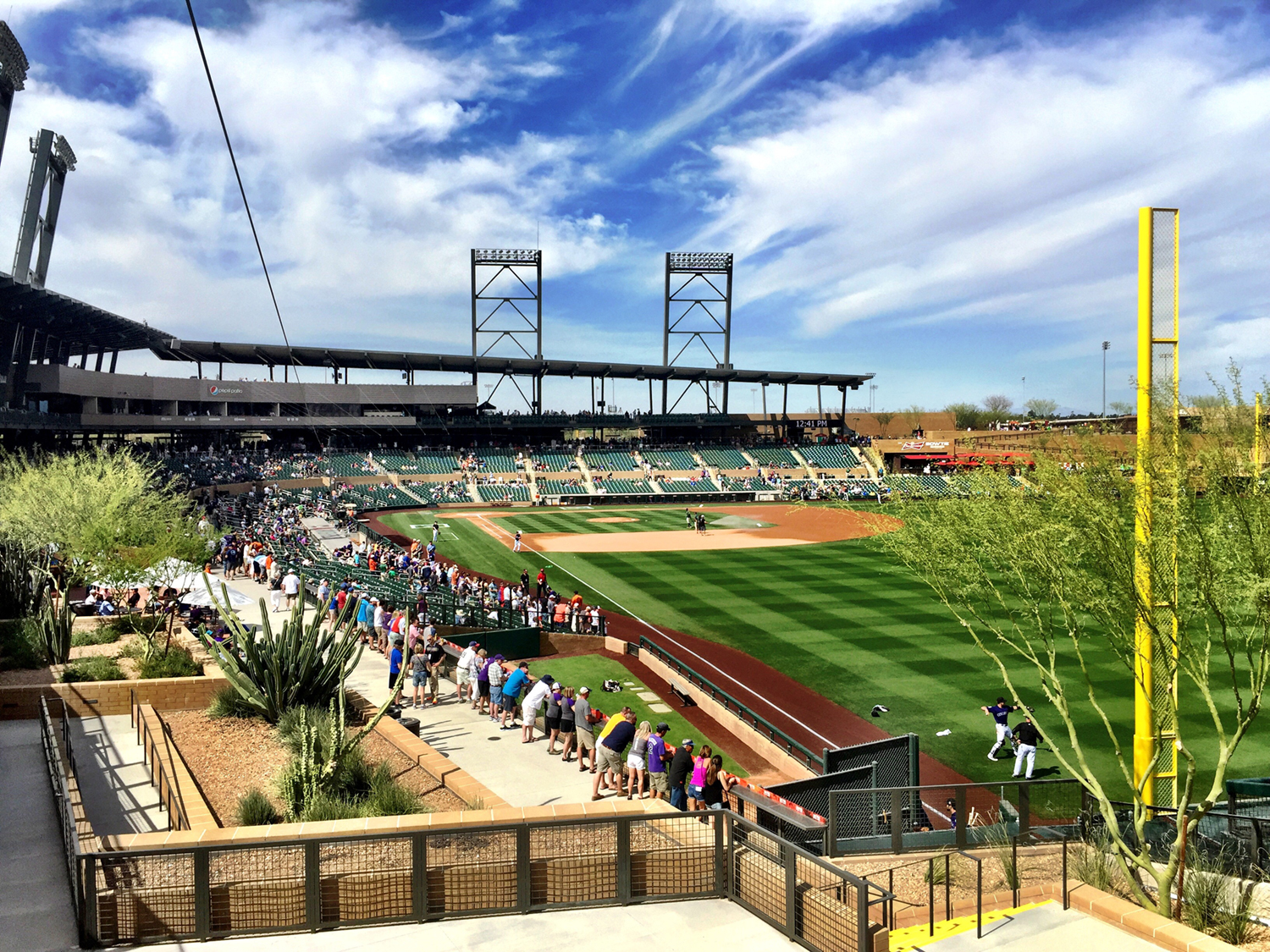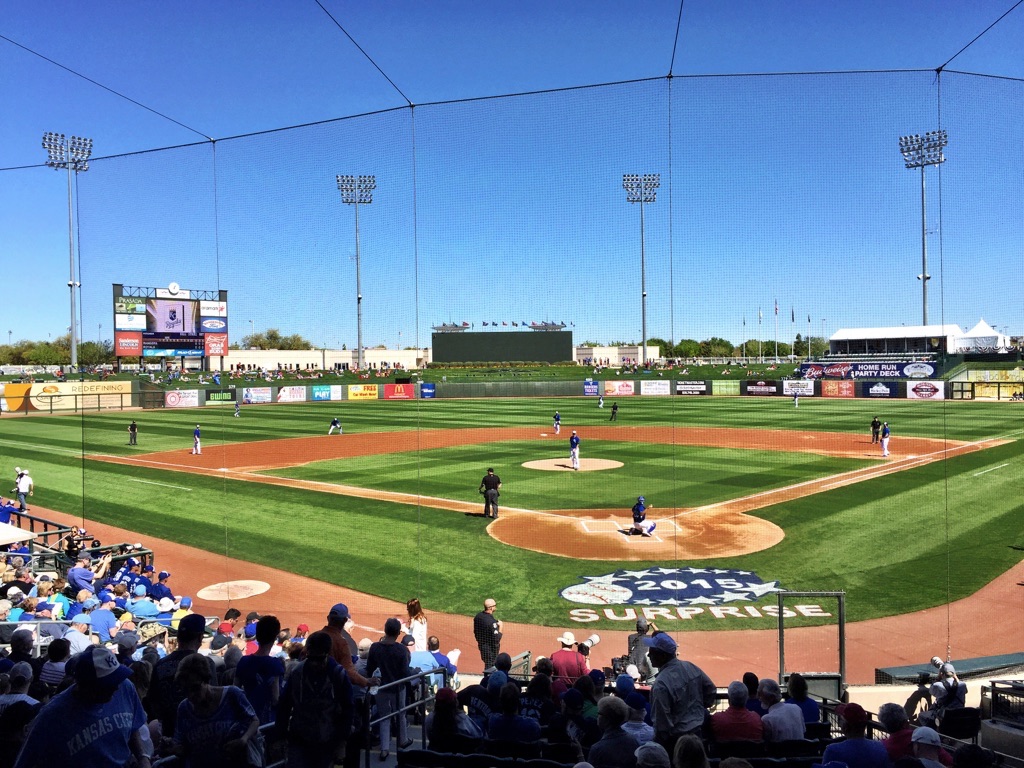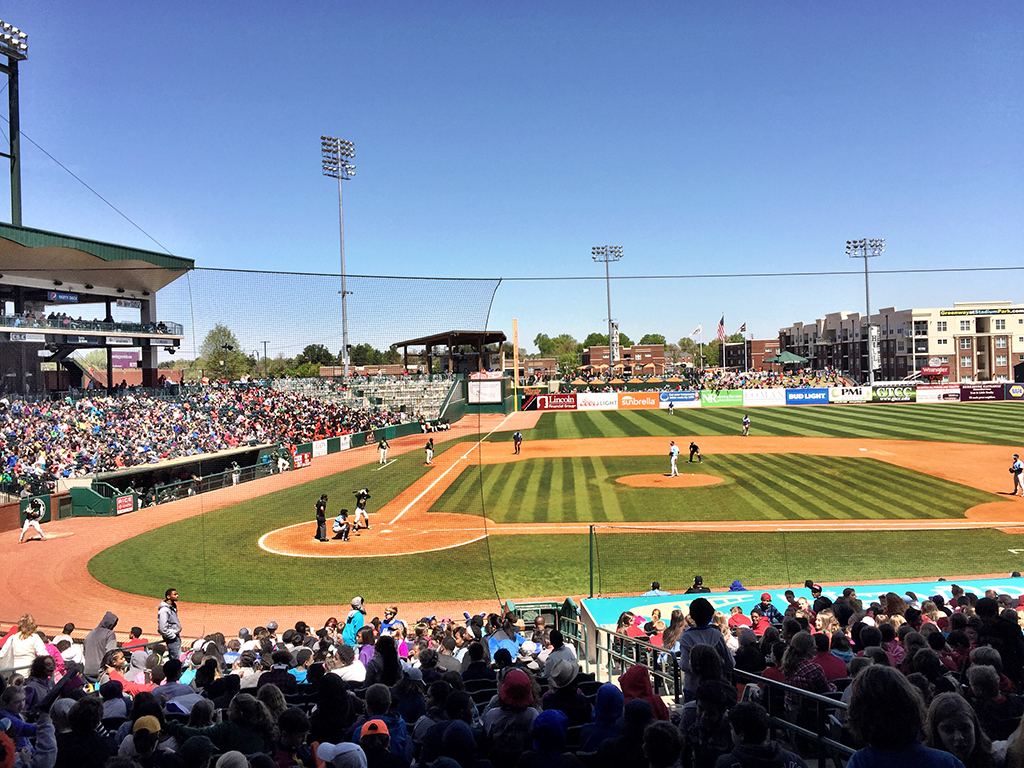The backbone of any successful MLB franchise is a successful player-development system. And these days successful player development means strong MiLB and spring-training facilities. We continue our ranking of MLB organizations by the quality of their player-development facilities with part three, covering organizations 18-13.
There are teams with some definite player-development philosophies, like the Atlanta Braves, who prefer owning and operating their affiliates, and the Chicago White Sox, who centralize affiliates for the most part in North Carolina and the South. Others, it seems, don’t have much of a philosophical bent and evaluate each affiliate separately. We know every MLB team wants the perfect player-development system, but perfection is hard to achieve. Hence these ratings, new for 2018.
No black-box methodology here. We asked former GMs, broadcasters past and present, and journalists with expertise in specific leagues to rank facilities based on four criteria: player facilities, fan experience, proximity and stability. Player facilities include clubhouses, workout spaces, quality of batting/pitching cages, meeting spaces and cafeteria/nutritional services. The fan experience covers the physical condition of the ballpark, concessions and in-game entertainment. Proximity covers to what extent players are shuffled around; being closer to the MLB parent and other MiLB affiliates is always a good thing. Finally, stability covers the length of the current affiliation deal and expectations of the future. We cover every level of MiLB affiliation (including MiLB teams owned by the parent), as well as spring-training facilities. Spring complexes are increasingly used as year-round facilities: after spring training ends, complexes are used for rehabs, extended-spring workouts and potentially MiLB play, as well as hosting Rookie-league games.
Each level of play was assigned a potential score in each category, with AAA and spring-training facilities receiving the highest number of potential points, decreasing by level of play. There are two teams with two Rookie-level affiliates—the Reds and the Royals—and that commitment to development is reflected in the scores. We asked our experts to limit their responses to ballparks and spring facilities they’ve actually visited, and their responses are reported here in aggregated form. No single opinion dominates any ranking, as multiple feedbacks are reflected in every instance.
We present the rankings from bottom to top, with daily stories through Wednesday.
18 Arizona Diamondbacks
Strengths: Player facilities, fan experience, Stability Weaknesses: Proximity
The highlights for the D-Backs are their arrangements for spring training and Class AAA, as Salt River Fields at Talking Stick compares nicely to other Cactus League facilities, while the Reno Aces (Class AAA; Pacific Coast League) have a good venue in Greater Nevada Field. The rest of system comprises some solid ballparks, though none stand out in terms of player facilities or fan experience. It is also in the middle of the system where proximity becomes an issue, as the Kane County Cougars (Low A; Midwest League), Visalia Rawhide (High A; California League), and Jackson Generals (Class AA; Southern League) play a considerable distance from each other.
| Level | Player Facilities | Fan Experience | Proximity | Stability | Potential |
| AAA (Reno Aces) | 8 | 8 | 7 | 9 | 10 |
| AA (Jackson Generals) | 5 | 5 | 5 | 6 | 9 |
| High A (Visalia Rawhide) | 5 | 7 | 5 | 7 | 8 |
| Low A (Kane County Cougars) | 5 | 5 | 4 | 5 | 7 |
| SSA (Hillsboro Hops) | 4 | 3 | 3 | 4 | 4 |
| Rookie (Missoula Osprey) | 2 | 2 | 2 | 3 | 4 |
| Spring Training | 8 | 7 | 7 | 8 | 8 |
| TOTALS | 37 | 37 | 33 | 42 | 50 |
| TOTAL SCORE: | 149 |
18. Colorado Rockies
Strengths: Player facilities, fan experience, stability Weaknesses: Proximity
Dunkin’ Donuts Park received acclaim upon opening for the Hartford Yard Goats (Class AA; Eastern League) in 2017, and it certainly gives the Rockies a good facility at the Class AA level. The organization also has a long-running relationship with the Asheville Tourists (Low A; Sally League) and seems content in its pairing with the Albuquerque Isotopes (Class AAA; Pacific Coast League). Hartford’s distance from the other affiliates lowers the organization’s proximity score, and the scores for their short-season affiliates are a bit low. The Boise Hawks (Short Season A; Northwest League) are working to replace Memorial Stadium with a new ballpark, but in the interim they offer the advantage of playing in a strong market and drawing solid attendance numbers.
| Level | Player Facilities | Fan Experience | Proximity | Stability | Potential |
| AAA (Albuquerque Isotopes) | 6 | 9 | 7 | 8 | 10 |
| AA (Hartford Yard Goats) | 9 | 9 | 3 | 8 | 9 |
| High A (Lancaster JetHawks) | 6 | 5 | 4 | 6 | 8 |
| Low A (Asheville Tourists) | 5 | 5 | 3 | 6 | 7 |
| SSA (Boise Hawks) | 1 | 2 | 4 | 3 | 4 |
| Rookie (Grand Junction Rockies) | 2 | 2 | 3 | 3 | 4 |
| Spring Training | 8 | 7 | 7 | 8 | 8 |
| TOTALS | 37 | 39 | 31 | 42 | 50 |
| TOTAL SCORE: | 149 |
16. Baltimore Orioles
Strengths: Proximity, stability Weaknesses: Player facilities, fan experience
The Orioles excel at their strengths, building a nucleus of affiliates that have been in the system for years and that play within a close distance to Baltimore. What lowers the organization’s score is the player facilities and fan experience ratings, particularly at the top three minor-league levels, as the Norfolk Tides (Class AAA; International League), Bowie Baysox (Class AA; Eastern League), and the Frederick Keys (High A; Carolina League) all play in functional but not great ballparks. Ed Smith Stadium is the true standout in the system, as renovations completed in 2011 have turned that ballpark into one of spring training’s best for fans and players alike. Leidos Field at Ripken Stadium has held up nicely for the Aberdeen IronBirds (Short Season A; NY-Penn League), and recent upgrades to Arthur W. Perdue Stadium have been a boost for the Delmarva Shorebirds (Low A; Sally League).
| Level | Player Facilities | Fan Experience | Proximity | Stability | Potential |
| AAA (Norfolk Tides) | 6 | 6 | 9 | 8 | 10 |
| AA (Bowie Baysox) | 4 | 5 | 9 | 9 | 9 |
| High A (Frederick Keys) | 5 | 5 | 8 | 8 | 8 |
| Low A (Delmarva Shorebirds) | 6 | 5 | 7 | 7 | 7 |
| SSA (Aberdeen IronBirds) | 3 | 3 | 4 | 4 | 4 |
| Spring Training | 8 | 8 | 6 | 8 | 8 |
| TOTALS | 32 | 32 | 43 | 44 | 46 |
| TOTAL SCORE: | 151 |
16. Texas Rangers
Strengths: Fan experience, proximity, stability Weaknesses: None
By owning both the Down East Wood Ducks (High A; Carolina League) and Hickory Crawdads (Low A; Sally League), the Rangers give themselves considerable stability at those levels. What also helps is that, in both cases, the Rangers have made ballpark upgrades a priority, though it could be argued that these facilities still lag behind some of their contemporaries. The Frisco RoughRiders (Class AA; Texas League) are a model franchise at any level, and the Spokane Indians (Short Season A; Northwest League) make for a good short-season affiliate. One issue for the Rangers is at the Class AAA level, as rumors that the Houston Astros and Round Rock Express (Class AAA; Pacific Coast League) will agree to an affiliation after this season leave some doubts about where the Rangers will place their top minor league club beyond 2018. That uncertainty contributes a considerably low stability score for Class AAA.
| Level | Player Facilities | Fan Experience | Proximity | Stability | Potential |
| AAA (Round Rock Express) | 8 | 9 | 10 | 5 | 10 |
| AA (Frisco RoughRiders) | 8 | 9 | 9 | 9 | 9 |
| High A (Down East Wood Ducks) | 6 | 5 | 6 | 8 | 8 |
| Low A (Hickory Crawdads) | 4 | 4 | 5 | 6 | 7 |
| SSA (Spokane Indians) | 3 | 3 | 2 | 4 | 4 |
| Spring Training | 7 | 7 | 6 | 8 | 8 |
| TOTALS | 36 | 37 | 38 | 40 | 46 |
| TOTAL SCORE: | 151 |
16. Miami Marlins
Strengths: Player facilities, proximity, stability Weaknesses: Fan experience
The Greensboro Grasshoppers (Low A; Sally League) have been a model of consistency at FNB Field, a comfortable ballpark for fans and players alike (shown above). The Jacksonville Jumbo Shrimp (Class AA; Southern League) have upgraded their facilities in recent years and offer the advantage of playing in a major market within the state of Florida. Roger Dean Chevrolet Stadium, meanwhile, is a functional facility for spring training and the Jupiter Hammerheads (High A; Florida State League), though its fan amenities are not quite at the same level as more modern spring training ballparks. Dwyer Stadium is the system’s most glaring issue, as it has arguably outlived its life as a functional ballpark for professional baseball, and the Batavia Muckdogs’ (Short Season A; NY-Penn League) operations were recently taken over by the New York-Penn League, leaving some doubts about their long-term future.
| Level | Player Facilities | Fan Experience | Proximity | Stability | Potential |
| AAA (New Orleans Baby Cakes) | 7 | 6 | 7 | 7 | 10 |
| AA (Jacksonville Jumbo Shrimp) | 7 | 8 | 9 | 9 | 9 |
| High A (Jupiter Hammerheads) | 7 | 5 | 8 | 8 | 8 |
| Low A (Greensboro Grasshoppers) | 7 | 7 | 5 | 7 | 7 |
| SSA (Batavia Muckdogs) | 2 | 2 | 2 | 2 | 4 |
| Spring Training | 7 | 6 | 8 | 8 | 8 |
| TOTALS | 37 | 34 | 39 | 41 | 46 |
| TOTAL SCORE: | 151 |
13. Los Angeles Dodgers
Strengths: Player facilities, fan experience, stability Weaknesses: Proximity
Having both the Oklahoma City Dodgers (Class AAA; Pacific Coast League) and Tulsa Drillers (Class AA; Texas League) in the mix gives the Dodgers two farm clubs that play in solid ballparks within a close distance of each other. The team has a stable relationship with the Rancho Cucamonga Quakes (High A; California League), and Camelback Ranch-Glendale earned good marks for spring training. One slight setback is that the Great Lakes Loons (Low A; Midwest League) play in a location that is fairly remote in comparison to the rest of the organization. That said, the Loons can be given credit for making Dow Diamond a good ballpark for both fans and players.
| Level | Player Facilities | Fan Experience | Proximity | Stability | Potential |
| AAA (Oklahoma City Dodgers) | 9 | 9 | 7 | 9 | 10 |
| AA (Tulsa Drillers) | 8 | 8 | 7 | 8 | 9 |
| High A (Rancho Cucamonga Quakes) | 6 | 5 | 7 | 7 | 8 |
| Low A (Great Lakes Loons) | 6 | 6 | 4 | 7 | 7 |
| Rookie (Ogden Raptors) | 2 | 3 | 3 | 4 | 4 |
| Spring Training | 7 | 7 | 7 | 8 | 8 |
| TOTALS | 38 | 38 | 35 | 43 | 46 |
| TOTAL SCORE: | 154 |





